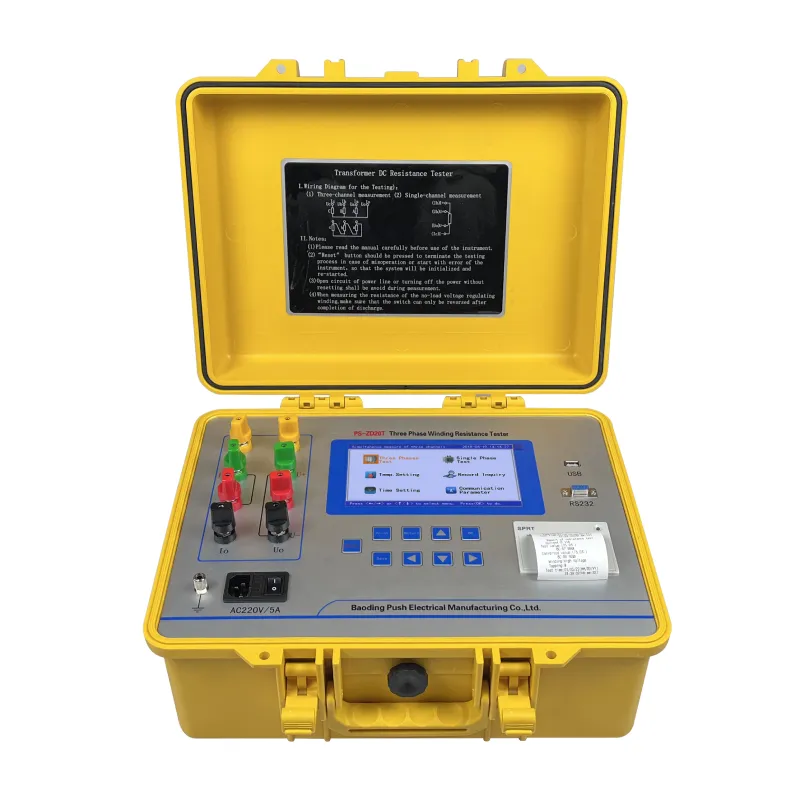 English
English



-
 Afrikaans
Afrikaans -
 Albanian
Albanian -
 Amharic
Amharic -
 Arabic
Arabic -
 Armenian
Armenian -
 Azerbaijani
Azerbaijani -
 Basque
Basque -
 Belarusian
Belarusian -
 Bengali
Bengali -
 Bosnian
Bosnian -
 Bulgarian
Bulgarian -
 Catalan
Catalan -
 Cebuano
Cebuano -
 China
China -
 China (Taiwan)
China (Taiwan) -
 Corsican
Corsican -
 Croatian
Croatian -
 Czech
Czech -
 Danish
Danish -
 Dutch
Dutch -
 English
English -
 Esperanto
Esperanto -
 Estonian
Estonian -
 Finnish
Finnish -
 French
French -
 Frisian
Frisian -
 Galician
Galician -
 Georgian
Georgian -
 German
German -
 Greek
Greek -
 Gujarati
Gujarati -
 Haitian Creole
Haitian Creole -
 hausa
hausa -
 hawaiian
hawaiian -
 Hebrew
Hebrew -
 Hindi
Hindi -
 Miao
Miao -
 Hungarian
Hungarian -
 Icelandic
Icelandic -
 igbo
igbo -
 Indonesian
Indonesian -
 irish
irish -
 Italian
Italian -
 Japanese
Japanese -
 Javanese
Javanese -
 Kannada
Kannada -
 kazakh
kazakh -
 Khmer
Khmer -
 Rwandese
Rwandese -
 Korean
Korean -
 Kurdish
Kurdish -
 Kyrgyz
Kyrgyz -
 Lao
Lao -
 Latin
Latin -
 Latvian
Latvian -
 Lithuanian
Lithuanian -
 Luxembourgish
Luxembourgish -
 Macedonian
Macedonian -
 Malgashi
Malgashi -
 Malay
Malay -
 Malayalam
Malayalam -
 Maltese
Maltese -
 Maori
Maori -
 Marathi
Marathi -
 Mongolian
Mongolian -
 Myanmar
Myanmar -
 Nepali
Nepali -
 Norwegian
Norwegian -
 Norwegian
Norwegian -
 Occitan
Occitan -
 Pashto
Pashto -
 Persian
Persian -
 Polish
Polish -
 Portuguese
Portuguese -
 Punjabi
Punjabi -
 Romanian
Romanian -
 Russian
Russian -
 Samoan
Samoan -
 Scottish Gaelic
Scottish Gaelic -
 Serbian
Serbian -
 Sesotho
Sesotho -
 Shona
Shona -
 Sindhi
Sindhi -
 Sinhala
Sinhala -
 Slovak
Slovak -
 Slovenian
Slovenian -
 Somali
Somali -
 Spanish
Spanish -
 Sundanese
Sundanese -
 Swahili
Swahili -
 Swedish
Swedish -
 Tagalog
Tagalog -
 Tajik
Tajik -
 Tamil
Tamil -
 Tatar
Tatar -
 Telugu
Telugu -
 Thai
Thai -
 Turkish
Turkish -
 Turkmen
Turkmen -
 Ukrainian
Ukrainian -
 Urdu
Urdu -
 Uighur
Uighur -
 Uzbek
Uzbek -
 Vietnamese
Vietnamese -
 Welsh
Welsh -
 Bantu
Bantu -
 Yiddish
Yiddish -
 Yoruba
Yoruba -
 Zulu
Zulu
oil burner vacuum test
Understanding Oil Burner Vacuum Test Importance and Procedure
Oil burners are integral components of heating systems used in residential and commercial properties. Ensuring their efficiency and safety is paramount, which is where the oil burner vacuum test comes into play. This test is a crucial diagnostic procedure that helps identify issues within the burner system, allowing for timely maintenance and repair.
The primary purpose of the oil burner vacuum test is to measure the effectiveness of the burner’s fuel supply system. A well-functioning burner should maintain a specific vacuum level that facilitates optimal fuel flow to the combustion chamber. When the vacuum level drops below the manufacturer’s specifications, it signals a potential problem that could lead to inefficient combustion, increased emissions, and even hazardous conditions.
The Importance of the Vacuum Test
1. Efficiency Optimization A proper vacuum level ensures that oil is efficiently drawn into the burner. If the vacuum is too low, not enough fuel may be delivered to the combustion chamber, resulting in incomplete combustion. This inefficiency can lead to an increase in fuel consumption and operating costs.
2. Safety Assurance A drop in vacuum can indicate leaks in the fuel line or air infiltration, which could pose safety risks. Air can mix with the oil, potentially leading to dangerous combustion scenarios. Regular vacuum testing helps catch these issues early.
3. Preventive Maintenance Conducting a vacuum test as part of routine maintenance can prevent major breakdowns. Identifying vacuum issues before they escalate is crucial in extending the lifespan of the burner and minimizing repair costs.
Conducting the Vacuum Test
oil burner vacuum test

The vacuum test process typically involves several steps
1. Preparation Before performing the vacuum test, ensure the burner is correctly set up and that all safety precautions are in place. This includes turning off the burner and allowing it to cool down.
2. Using a Manometer A manometer, an instrument used to measure vacuum pressure, is connected to the burner’s fuel supply line. The placement of the manometer is critical for accurate readings.
3. Testing Conditions Start the burner and allow it to run for a few minutes. Observe the reading on the manometer. The vacuum level should stay within the manufacturer’s specified range. If the reading is outside this range, further investigation is needed.
4. Analyzing Results If a low vacuum reading is observed, check for common issues such as clogged filters, leaks in the fuel line, or malfunctioning pumps. Addressing these issues promptly will help restore proper function to the oil burner.
Conclusion
The oil burner vacuum test is an essential procedure for maintaining the efficiency, safety, and longevity of heating systems that use oil burners. By understanding its significance and regularly performing the test, homeowners and technicians can ensure optimal performance and mitigate potential hazards, keeping indoor environments warm and safe. Regular monitoring and proactive maintenance are key to the reliability of oil burner systems.
-
Testing Equipment Industry Sees Major Advancements in 2025: Smart & Precision Technologies Lead the WayNewsJun.06,2025
-
Applications of Direct Current Generators in Renewable Energy SystemsNewsJun.05,2025
-
Hipot Tester Calibration and Accuracy GuidelinesNewsJun.05,2025
-
Digital Circuit Breaker Analyzer Features and BenefitsNewsJun.05,2025
-
Benefits of Real-Time Power Quality Monitoring Devices for Industrial EfficiencyNewsJun.05,2025
-
Earth Fault Loop Testing in High-Rise Building Electrical SystemsNewsJun.05,2025



